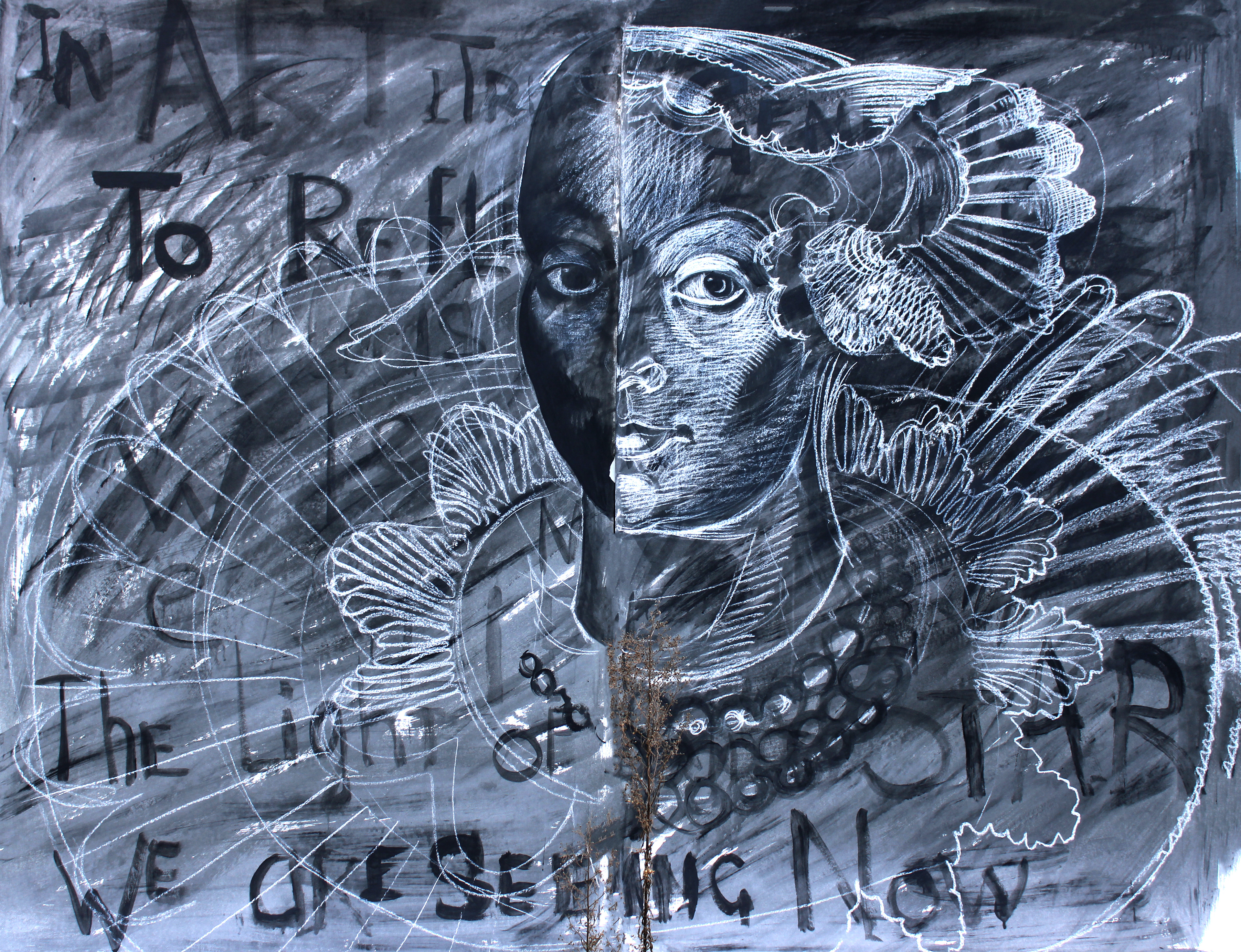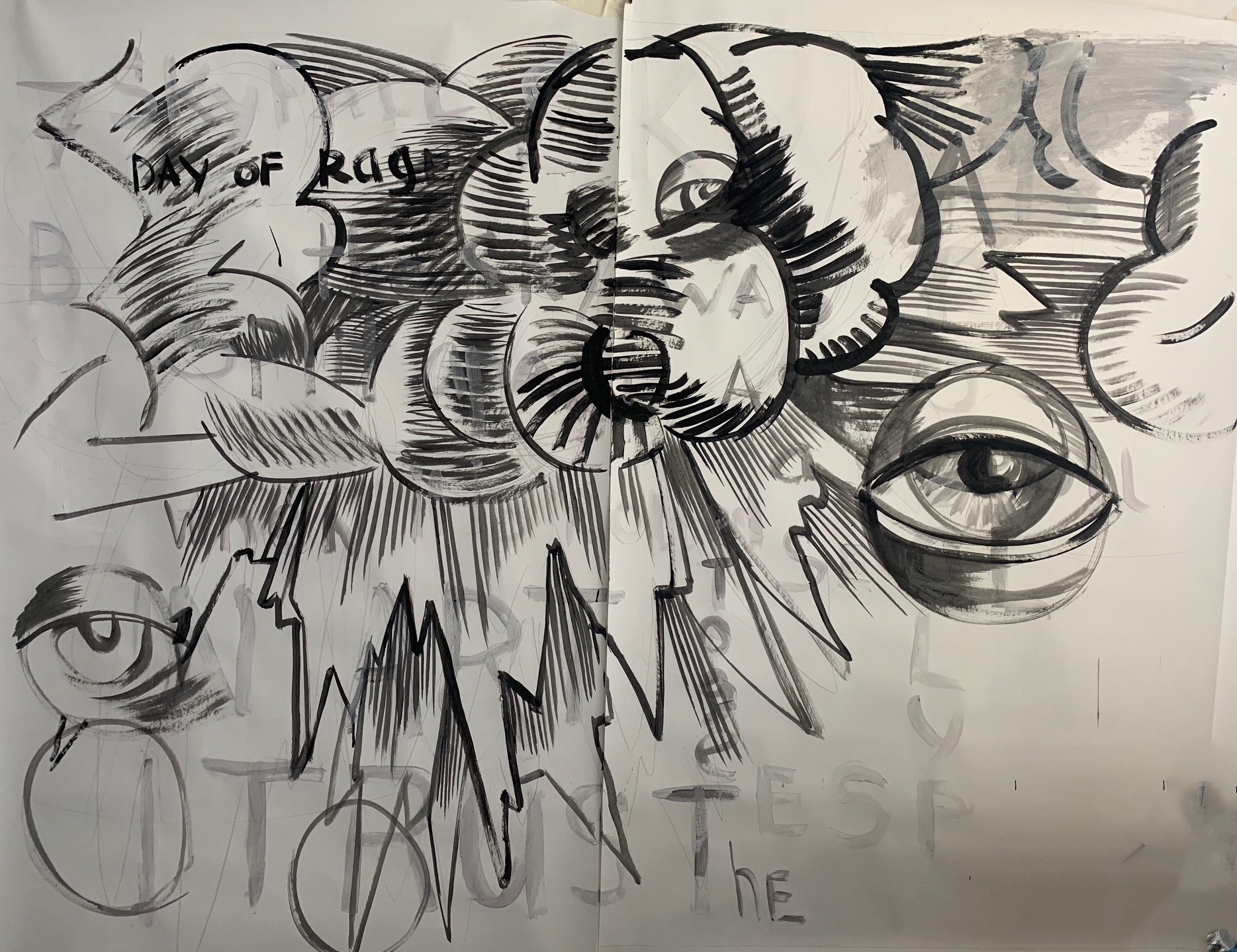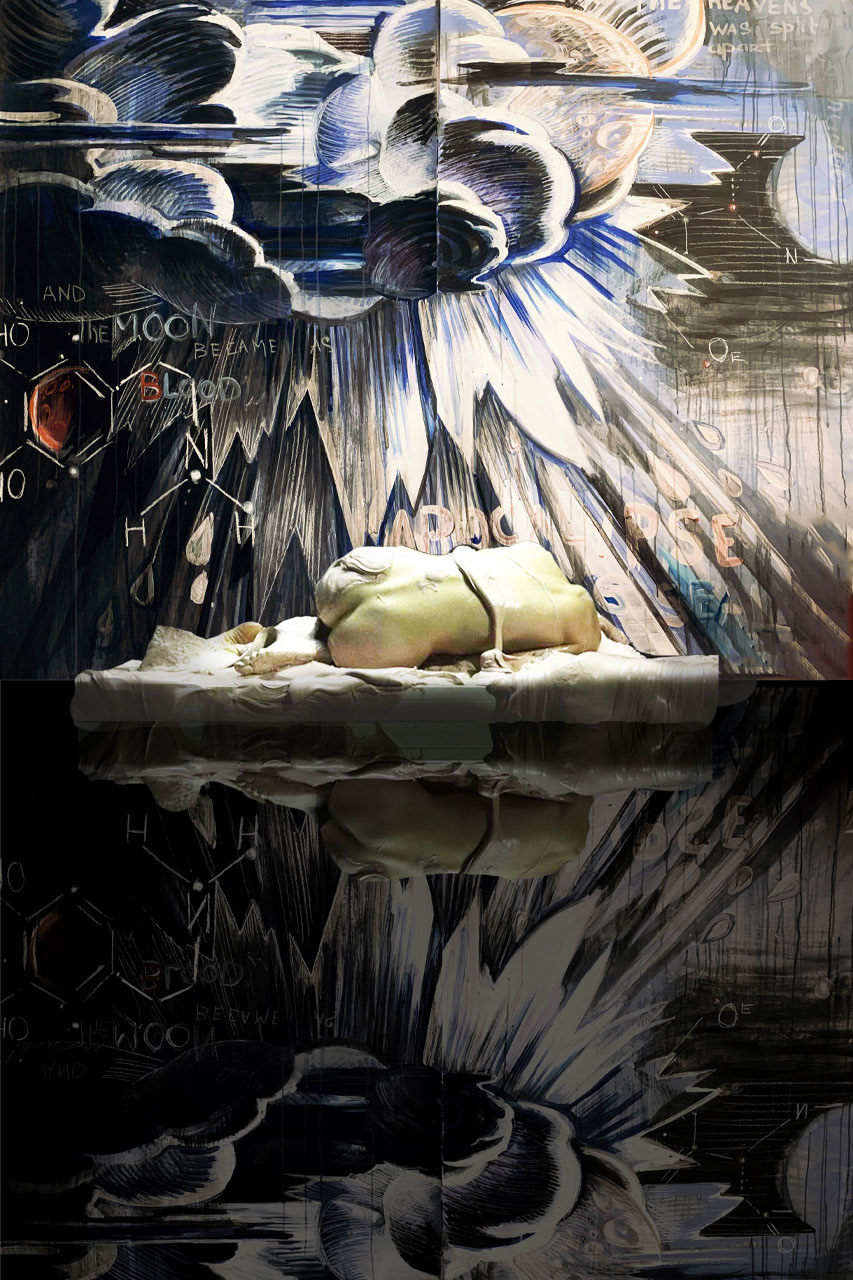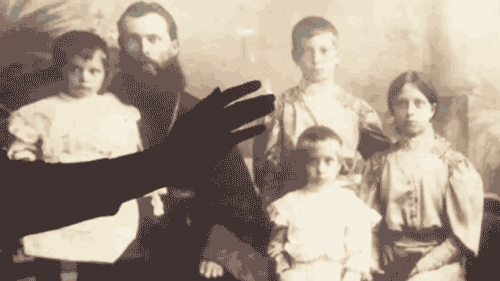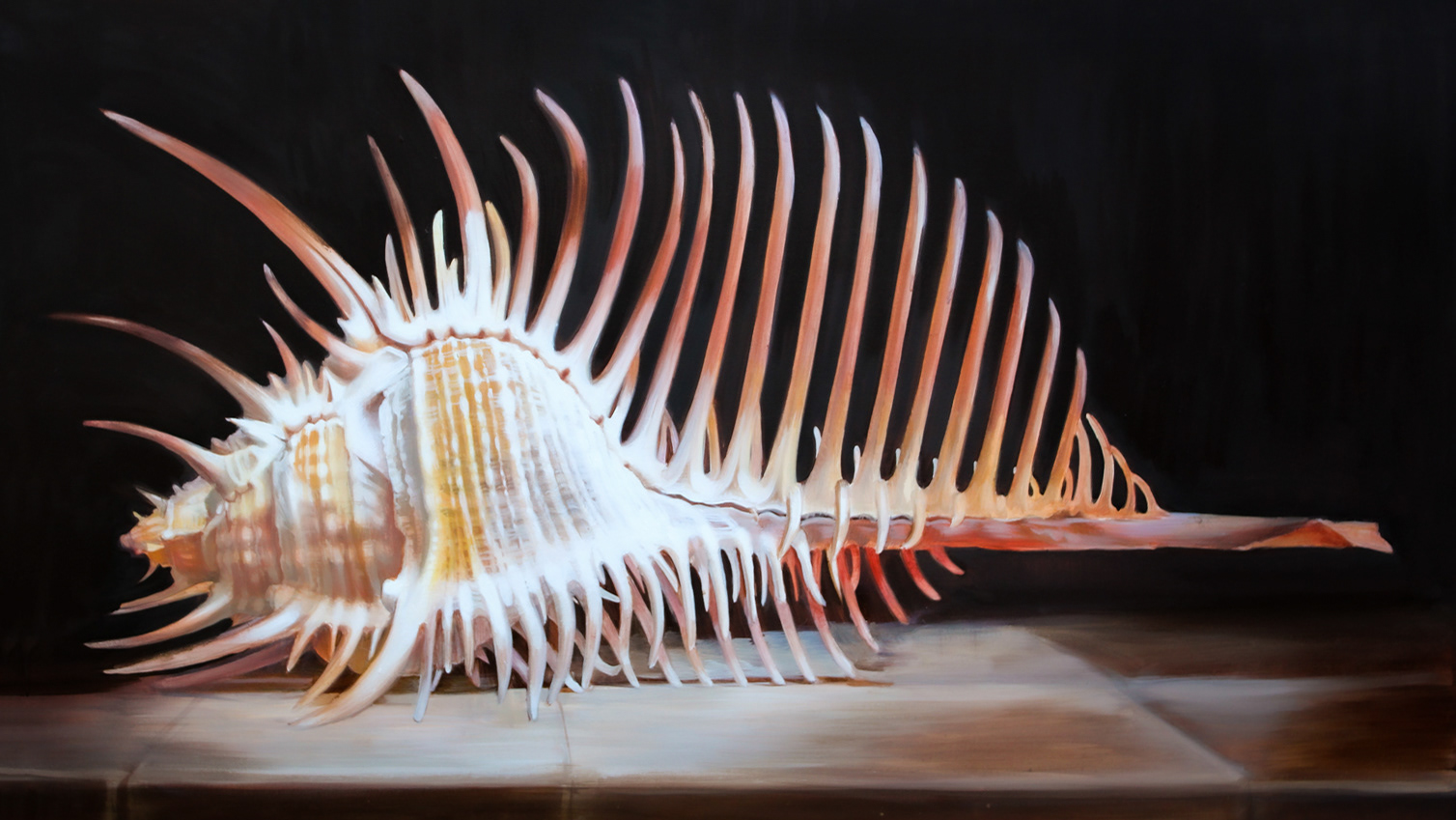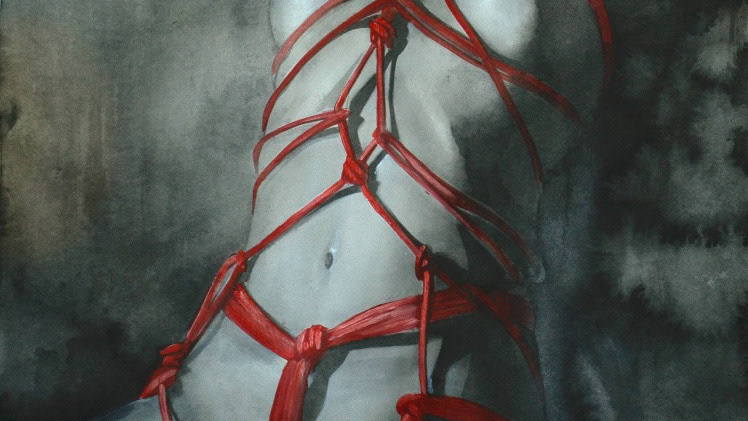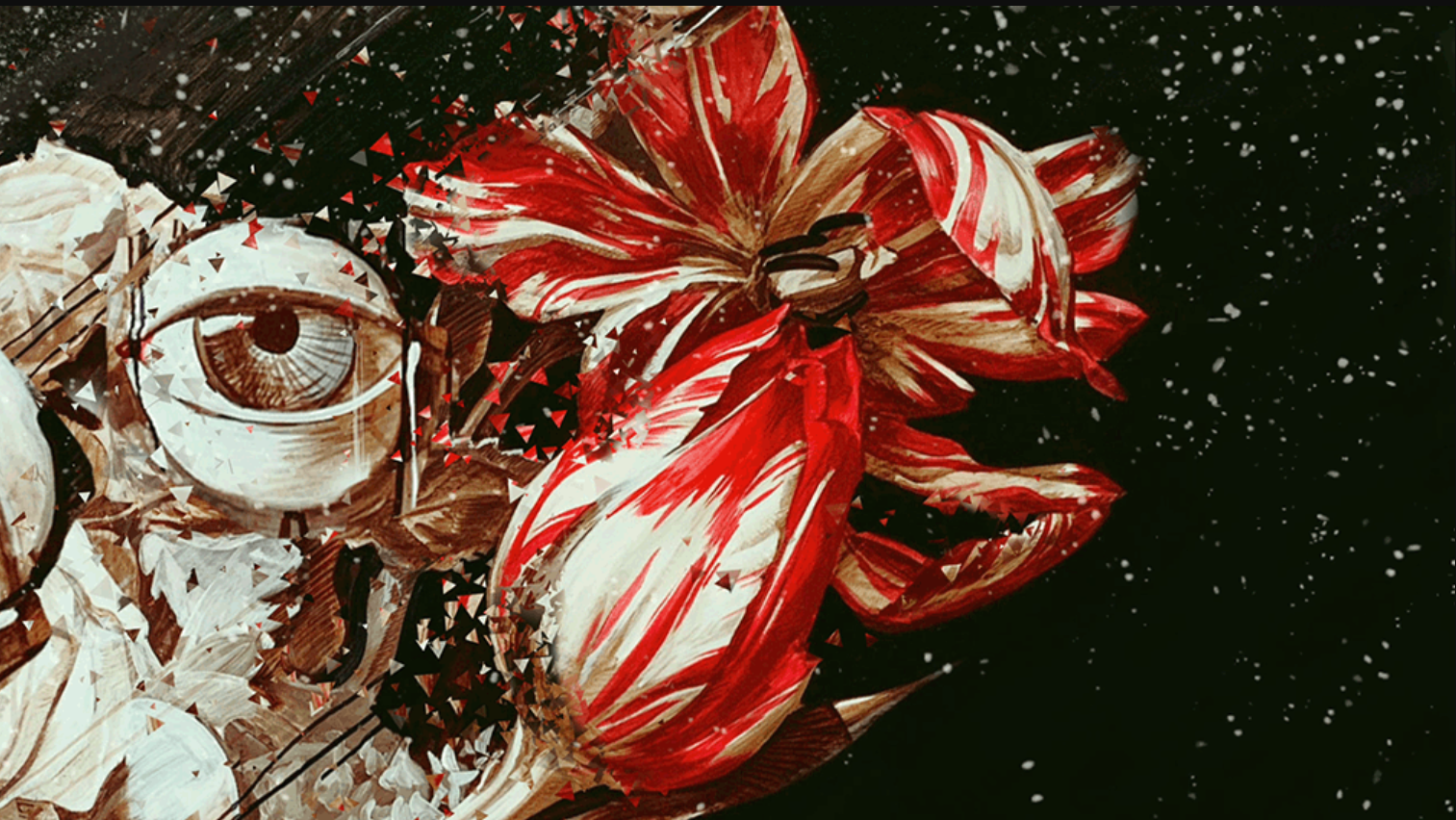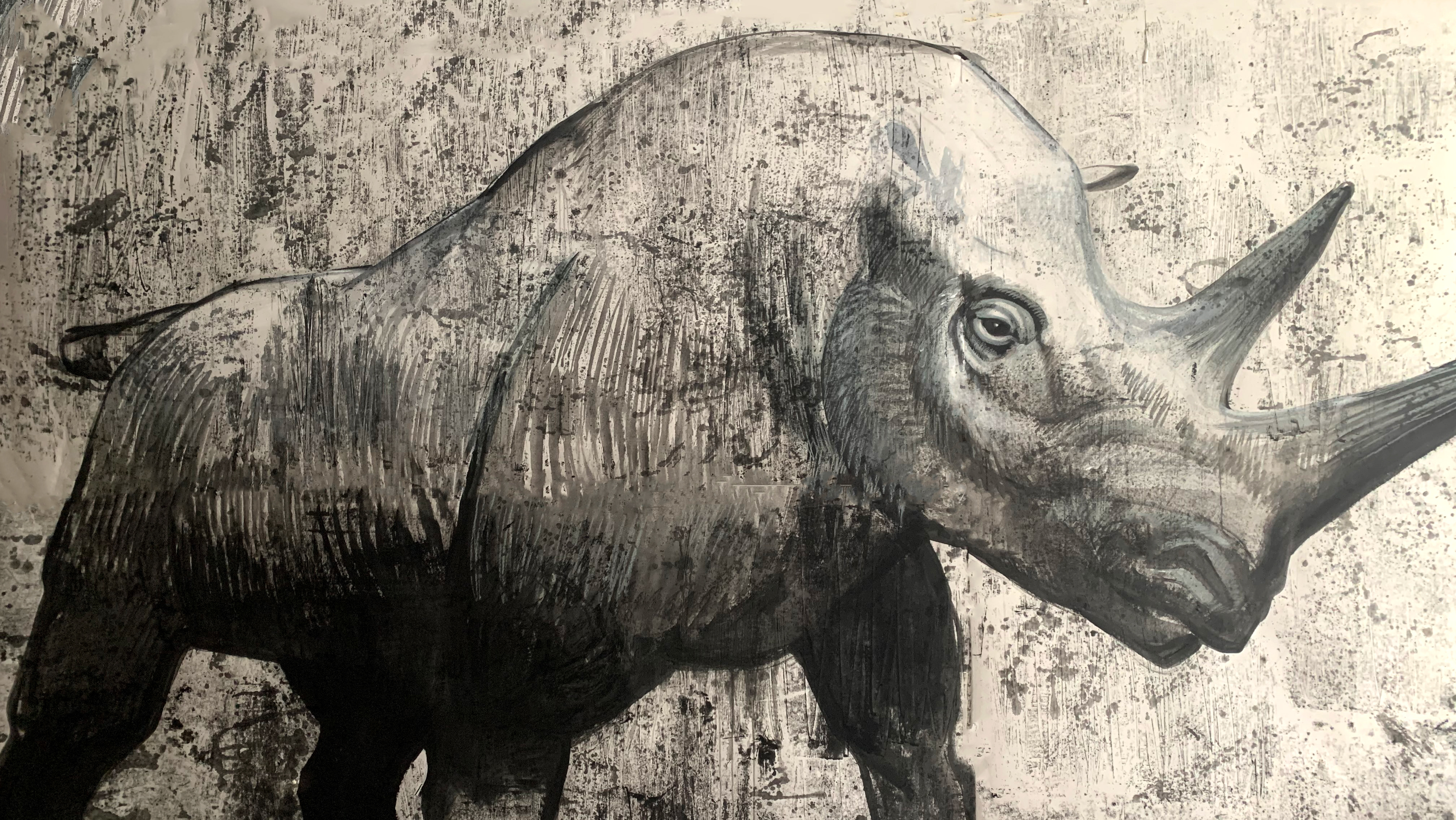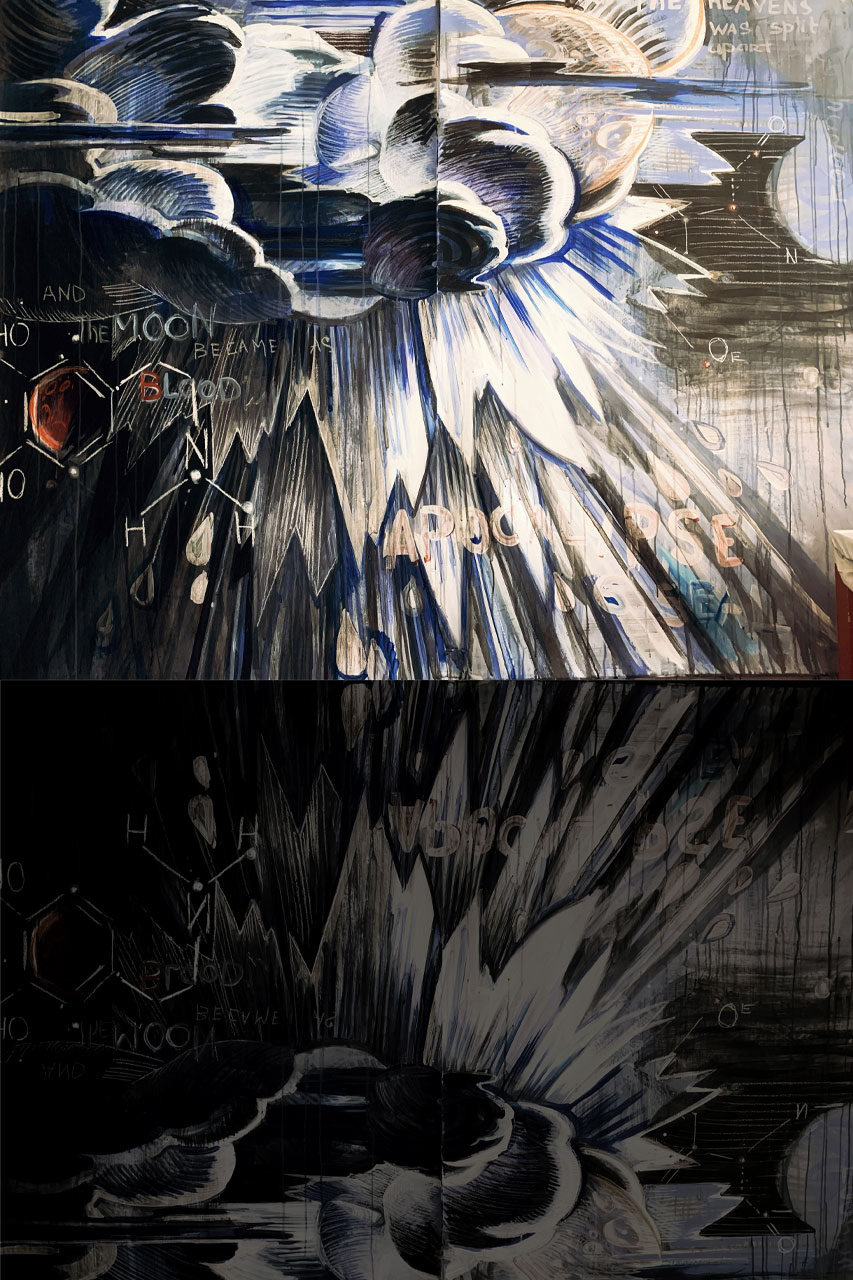
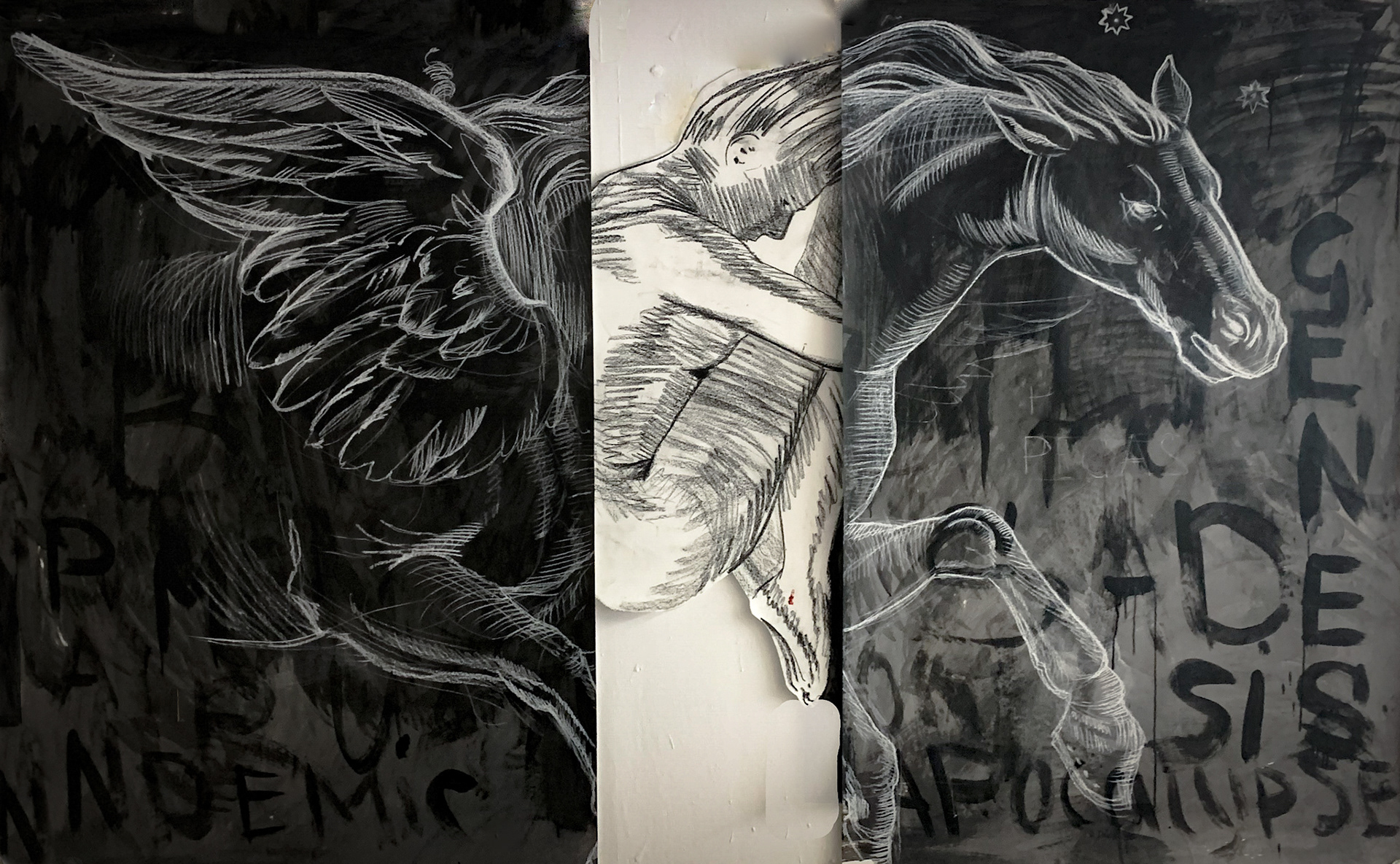

“The beast, which you saw, once was, now is not, and yet will come up out of the
Abyss and go to its destruction. The inhabitants of the earth whose names have not
been written in the book of life from the creation of the world will be astonished when
they see the beast because it once was, now is not, and yet will come.”
(Revelation 17: 8)
This text comes from the final book of the Bible, Revelation – sometimes called the
Apocalypse of John. In November 2020, I had the rare opportunity to see the
first Gutenberg Bible.
Printed in the 1450s, the Gutenberg Bible was the earliest major book printed using
mass-produced movable metal type in Europe. The Gutenberg Press enabled the
mass production of books and news and it spread quickly through Europe. The
Gutenberg Bible marked the beginning of the age of print, which was as
revolutionary then as the internet is today.
The edition I saw was on public display for the first time in eighty years, but for two
weeks only so I was really lucky to catch a glimpse. Not only is it one of the world’s
most valuable books, but its beauty is captivating. Its poetic images, particularly the
etching of the beast made a lasting impression on me that has recurred in my work
since.
Reading the text now it is impossible not to think about the climate and ecological
crisis and how our culture of excess and boundless consumerism will destroy us.
Dopamine molecules are depicted to represent our addiction to pleasure and instant
gratification. Representations of molecular structures remind me of images of
constellations in the first Baroque star atlases. In the middle of the dopamine formula
you can see a Blood Moon – part of the prophecy heralding the end of days. Again, I
have used black plexiglass to add drama and another dimension, both materially and
in the conceptual sense of suggesting another world.
